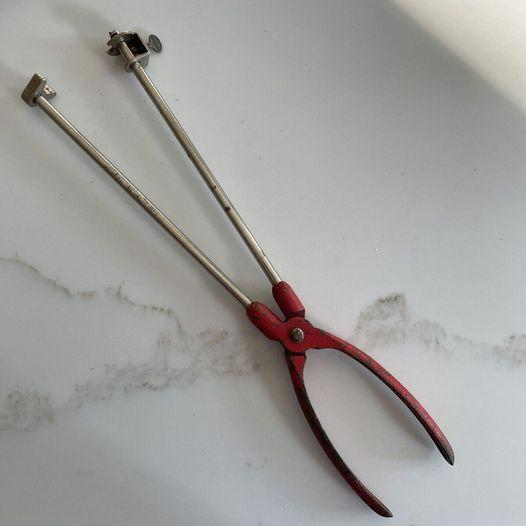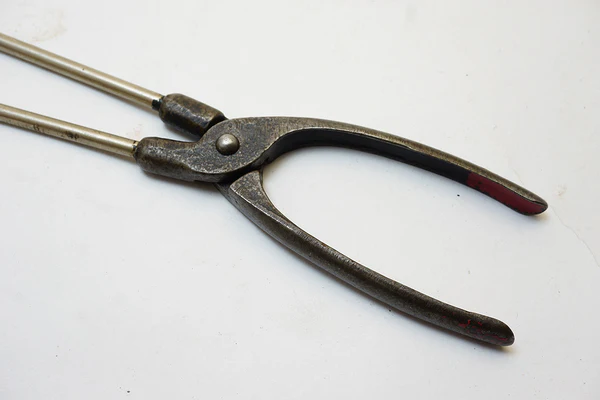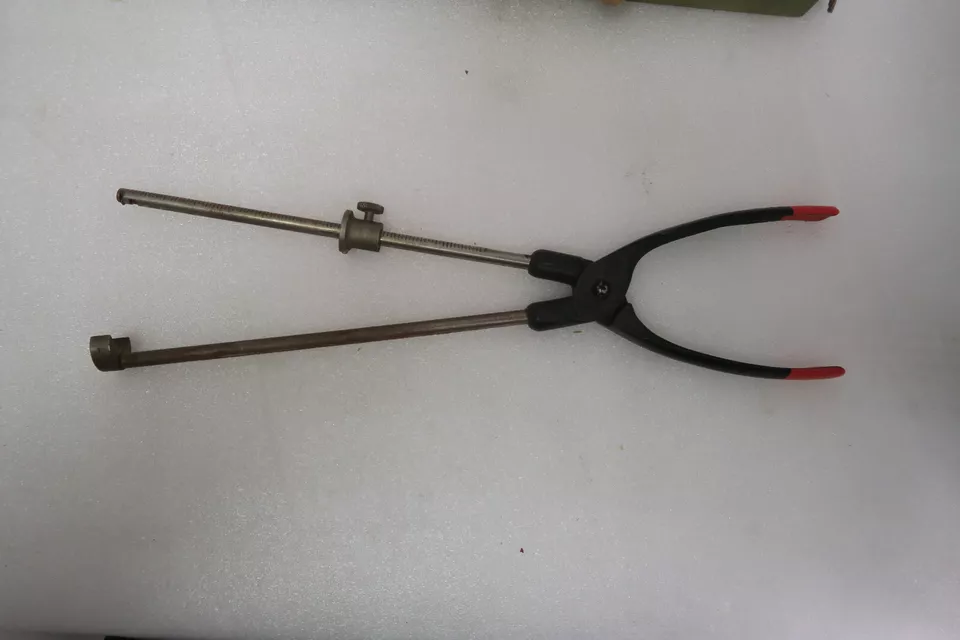Vintage glass tube cutters hold a unique place in history, not just as tools but as symbols of craftsmanship and innovation. From scientific laboratories to glassblowing workshops, these tools were essential in creating precise cuts in glass, a necessity in industries that required accuracy and skill. In this article, we will explore the history, usage, and lasting legacy of vintage glass tube cutters, shedding light on their importance and influence on modern glassworking tools.

The Origins of Glass Tube Cutting
The history of glass tube cutting goes back to the early 20th century, a time when precision in glass cutting became a necessity for various applications, including scientific and industrial processes. Before the invention of specialized tools, glassworkers relied on rudimentary methods to cut glass, which often led to imprecise results and significant material waste. These early cutting techniques lacked the finesse needed for industries like chemistry, manufacturing, and glassblowing.
Enter the vintage glass tube cutter—a tool designed specifically to address the need for clean, accurate cuts in glass tubes. The earliest models featured simple, yet effective, mechanisms. Typically, they employed a rotating cutting wheel that scored the glass tube, making it easier to snap along the score line with precision. This was a huge improvement over the older, cruder methods, and it quickly became the go-to tool for anyone working with glass tubes.
How Vintage Glass Tube Cutters Were Used
The primary function of a vintage glass tube cutter was to create precise cuts in glass tubing. This was critical in scientific labs where glass tubes were used in apparatus like test tubes, beakers, and various experimental setups. Additionally, glassblowers and craftsmen found these tools indispensable for their projects, where smooth, accurate cuts were necessary for making custom glass pieces.
Step-by-Step Process of Using a Vintage Glass Tube Cutter:
- Scoring the Glass: The tool’s rotating cutting wheel was designed to score the surface of the glass tube. The user would apply light pressure while rotating the tube, ensuring an even, continuous score around its circumference.
- Snapping the Tube: After the tube was adequately scored, a gentle but firm pressure was applied along the scoreline to snap the tube cleanly. This method ensured minimal waste and a cleaner cut compared to older cutting techniques, which often left jagged edges.
The simplicity and effectiveness of this process made the glass tube cutter an essential tool for those working in precision industries. Its ease of use and ability to create exact cuts set it apart from other glass cutting methods available at the time.
The Role of Glass Tube Cutters in Laboratories and Glassblowing
In scientific laboratories, precision was paramount. The ability to cut glass tubing to specific lengths with clean, straight edges was critical for experiments and apparatuses to function properly. Vintage glass tube cutters allowed scientists to customize glass tubes to fit their exact needs without relying on pre-cut pieces, giving them more control over their setups.
Similarly, in glassblowing workshops, the cutter was a valued tool. Glassblowers needed clean, precise cuts to shape and mold glass into artistic or functional pieces. Without such tools, creating consistent, high-quality work would have been much more challenging. The vintage glass tube cutter made it possible to work efficiently and accurately, whether the goal was to craft a piece of art or a scientific instrument.
Materials and Mechanisms: Crafting the Perfect Tool

The vintage glass tube cutter was built to last. Early models were often made from durable metals like steel, designed to withstand repeated use without losing sharpness or accuracy. The cutting wheel was the heart of the tool, made from high-quality materials capable of scoring glass without dulling quickly.
The guiding mechanism and handle were carefully crafted to provide users with control and comfort. This allowed for steady, even cuts, reducing the likelihood of mistakes. Over time, refinements in design led to cutters that were more ergonomic and easier to use, but the basic principle of scoring and snapping glass remained unchanged.
The Legacy of Vintage Glass Tube Cutters
While technology has evolved significantly since the invention of the vintage glass tube cutter, the legacy of these tools remains strong. Modern glass cutting tools, including automated and high-precision devices, still rely on the foundational techniques pioneered by these early instruments. The concept of scoring and snapping is as relevant today as it was when these cutters first appeared on the market.
Beyond their practical application, vintage glass tube cutters have also become collectors’ items. Enthusiasts and historians appreciate these tools for their craftsmanship and historical significance. They represent a time when manual skill and attention to detail were critical in glassworking, and they serve as reminders of the importance of precision in both art and science.
Modern Advancements Rooted in Tradition

Today’s high-tech glass cutting machines, capable of cutting with laser precision, owe much to the vintage glass tube cutters of the past. The basic principle—scoring the material and snapping along the scored line—remains unchanged, even if the method of execution has evolved. This speaks to the brilliance of the original design, which has stood the test of time and continues to influence modern glassworking.
However, for those who appreciate the art of manual craftsmanship, vintage glass tube cutters remain unmatched in their ability to offer hands-on control. Whether used by scientists or artisans, these tools symbolize a deep connection to the art of glassworking and the value of precision.
Conclusion: Celebrating the Craftsmanship of Vintage Glass Tube Cutters
Vintage glass tube cutters are more than just tools; they are symbols of ingenuity, craftsmanship, and precision. Their history, usage, and lasting legacy reveal a rich narrative about the evolution of glassworking technology and its impact on industries ranging from science to art. By understanding their importance, we can better appreciate the advancements in glass cutting and the enduring value of well-crafted, reliable tools.
For collectors, artisans, or simply those with a passion for history, vintage glass tube cutters represent a fascinating blend of functionality and art. As we continue to advance technologically, these timeless tools remind us that sometimes, the simplest innovations are the ones that endure the longest.


